As a homeowner, there’s nothing like that feeling of pride that comes with taking care of your property and making sure it looks its best. Whether mowing the lawn, planting new flowers in the garden, or exterior painting — we all know the effort and tenacity required to ensure our homes look their best.
But do you know understand what type of expense each improvement might require?
Many homeowners often undertake painting or repainting their home’s exterior as part of maintenance — but few stop to consider whether this particular renovation falls under capital improvement.
This article will examine what capital improvement means and how it relates to exterior painting.
What Is Capital Improvement?
A capital improvement is upgrading and maintaining existing property owned by an individual or business. It encompasses any building or property improvements that add value and increase useful life.
According to the Internal Revenue Service (IRS), any investment that exceeds basic repairs and maintenance for a property must meet two criteria to be considered taxable: it needs to have been completed at least one year prior and it is intended to remain durable or permanent.
Some examples of residential capital improvement include but are not limited to:
- Renovation of an entire room
- Installation of HVAC systems
- Addition of a deck or patio areas
- Replacing an old roof with a new one
The IRS also distinguishes between improvements and repairs, as the former adds value while the latter merely maintain it.
For example, installing solar panels is a capital improvement as it adds to the value of your property while replacing a window is a repair since it only maintains its existing condition.
What is the Cost Basis of a Capital Improvement Project?
Cost or tax basis is the initial cost of acquiring an asset such as real estate or investments. This amount may be modified with expenses related to depreciation and renovations made to the property.
A capital improvement can increase the cost basis of your property, thereby lowering any taxes that may be due on the sale of your home. The IRS has set standards on what can and cannot be included as a capital improvement to ensure that the cost basis is accurately reflected.
For example, installing handrails, railings, and other safety features is considered capital improvement since they add value to the property and support the welfare and safety of its occupants.
On the other hand, replacing existing fixtures or doing essential maintenance is not considered a capital improvement, as it does not add to the home’s value and only maintains its current condition.
Capital Improvement Vs. Making Repairs
Have you ever been in a position where you couldn’t distinguish between making repairs or a capital improvement for your home? It can be a tricky line to differentiate, and understanding how each affects your finances differently is key.
Capital improvements are usually more expensive and require more financing, with their goal being to improve the property’s value. This may include things such as:
- An expansion of a room
- The addition of an extra bathroom
- Building another level for your home
Making repairs is typically necessary to alleviate something that is failing on the property. These can range from minor repairs, such as patching something up, to larger investments, like replacing the water heater if it stops working.
Repairs are not explicitly made to add value to your home but to help maintain its current condition.
The choice between capital improvements and making repairs calls for conscious thought and research if you hope to make the best decision to increase value while staying within budget!
Does Exterior Painting Qualify as a Capital Improvement?
Unfortunately, the IRS doesn’t view an exterior paint job as an eligible capital improvement. This means that choosing to spruce up your house with some new paint won’t make you eligible for certain benefits or deductions.
If the painting is part of a larger project that enhances the building structure in any way, then it must be classified as part of a capital improvement. This means you will need to capitalize the cost accordingly.
Updating the outside of your home with a fresh layer of paint can also certainly add financial and aesthetic value. Even though this kind of project won’t give you tax breaks from the IRS, there are plenty of other reasons to take on the project.
For example, a paint job can improve curb appeal, helping boost your home’s overall value. It also helps make your property easier to sell if you decide to put it on the market.
How Much Does Exterior Painting Cost?
If you’re considering having your home painted, you need to factor in the cost of the service.
The amount you pay depends on factors such as the size of the house, the type of paint you choose, and any special features that require additional labor or materials.
- Size of the house: Most painters charge per square foot so a larger home will cost more. You can expect to pay $1.50-$4 per square foot for a simple paint job.
- Material: If your home has a stucco or brick exterior, the cost of materials can be higher than those for a vinyl or concrete house. The cost also depends on the quality of the paint you choose.
- Labor: When painting professionals determine their fees, they usually factor in the cost of labor. The intricacy and magnitude of a project can significantly influence how much they ask for.
- Special features: If your house has complex features requiring extra time or materials, expect to pay a higher overall cost. For example, painting shutters, doors, and windows will cost extra.
It’s best to get an estimate from painters before you make any decisions. This way, you’ll get a good idea of how much the painting project will cost.
Why You Should Consider Painting the Exterior of Your House?
A splash of color is always inviting! Even though the IRS may not see painting as a capital improvement, there are still plenty of reasons to have your home’s exterior painted.
1. Updates the Look of Your Home
Are you feeling frustrated by the outdated appearance of your home? A simple and effective solution may be a new paint job!
You’d be amazed how a fresh coat of paint can suddenly give your house a refreshing new look. It can work wonders to make your home appear more inviting as if you just gave it a facelift.
2. Decreases Termite Infestation
You may not realize it, but unfortunately, the wood on your home’s exterior attracts many pests, such as termites. But you can help protect your house from a termite infestation by painting it periodically.
Not only will this add color and dimension to the house’s exterior, but it also prevents potential damage to the wood, as hungry termites won’t have anything to feed on.
Termite-proof paint is readily available in the market, so consider asking your painters to use it when deciding on what type of paint to use.
3. Protects Against Weather
Protecting your house from the elements has never been more important. A fresh coat of paint is one way that you can keep your home safe from inclement weather.
For example, rain, wind, and extreme temperature changes can take a toll on your home, but applying a new layer of paint will prolong its life and condition.
Paints with sealants and waterproofing agents are also available online and in hardware shops, so don’t hesitate to ask your painter about them!
4. Enhances Curb Appeal
Homeowners know that curb appeal is huge. A new coat of paint can upgrade the appearance of your home, improve its curb appeal, and increase its market value.
Your home will become more attractive, allowing for great first impressions for all potential buyers in the future.
Painting your home gives it a brighter color and an updated aura, guaranteeing that the outside is just as beautiful as the furnished inside.
5. Strengthens Your Home’s Structure
If you’re in an area with heavy shifts in temperature, chances are that your home has gone through some wear and tear over time. Constant heat and cold can lead to weakened exterior wood and rot — thankfully, a paint job could help!
Painting the exterior walls of your home adds a layer of protection against drastic temperature changes and things like rain or snow. Covering any holes left behind by pests is also super easy with paint.
What’s more, a coat of paint can fortify the structure of your house by protecting it from the elements and making it look great all year round.
Types of Paint to Consider for the Exterior of Your Home
With many exterior paints, choosing the most suitable one for your needs can take time. To help you make an informed decision, we have listed some key points about each type below.
Acrylic Paint
Acrylic paint is an ideal choice for painting the exterior of your house. It dries rapidly, plus it is super flexible and resistant to mildew. The only drawback of this type of color is that it tends to carry higher prices than other options while not being as durable during changes in weather conditions.
Latex Paint
As one of the most popular paint types, latex paint is shipped in various colors and finishes. It is water-based, which makes it very easy to clean up, and it is relatively affordable as well.
Latex paint is also known for its quick drying time — you can paint in the morning and have your house looking nice by nighttime!
Your painter should use a primer with latex paint to ensure that the paint adheres correctly to the surface. Make sure to talk to them about their process to make sure they will apply the paint correctly.
Oil-based Paint
Oil-based paint has been on the market for quite some time and is one of the toughest exterior paints available, making it ideal for harsh climates. It is also scratch resistant and has a smooth finish, so it looks vibrant and lasts long.
But oil-based paints tend to have highly volatile organic compounds (VOCs), carcinogens that can be hazardous to your health. Plus, it takes longer to dry and requires a strong solvent for cleanup.
Not all painters like working with oil-based paint, so be sure to communicate clearly with your painter and make sure they have the tools and equipment to safely handle this type of paint.
Elastomeric Paint
Elastomeric paint is an excellent choice for a thick coating that protects and repairs surfaces. It is waterproof and temperature resistant, and its durable composition makes it an ideal option for an exterior painting project where longevity is paramount.
However, the higher price point of elastomeric paint compared to other options might be something for some buyers to consider. It is also slow to dry and only has a few available colors.
Let Peach Painting Transform Your Home With a Fresh Coat of Paint!
Even though exterior painting is not considered a capital improvement on its own, painting the exterior of your home is still an excellent way to improve the look and feel of your property. Allow Peach Painting to make your home transformation dreams a reality!
Our experienced professionals work hard to provide exemplary painting services without blowing your budget. Whether you need a complete exterior paint job or just minor touch-ups, we guarantee that the results will be nothing short of perfect.
Don’t wait — contact us today for an obligation-free quote so we can start brightening up your home immediately!

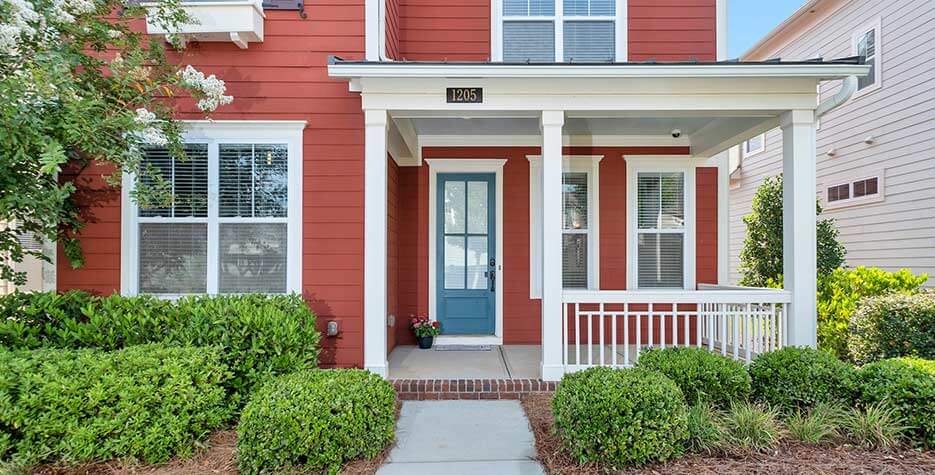
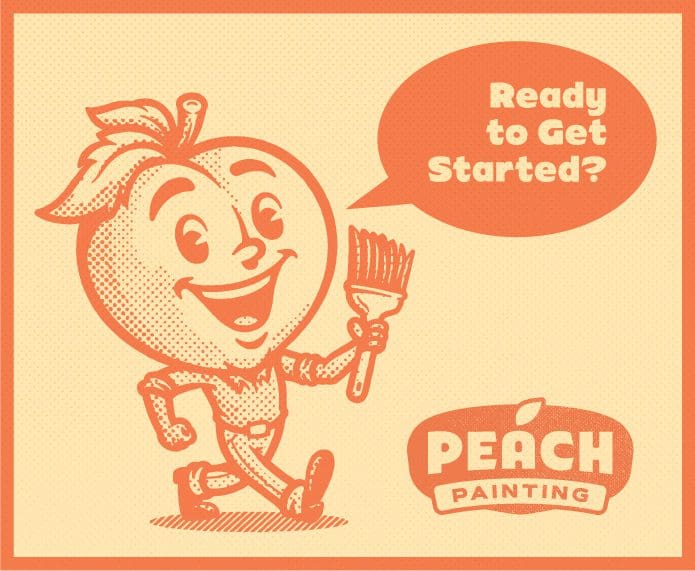
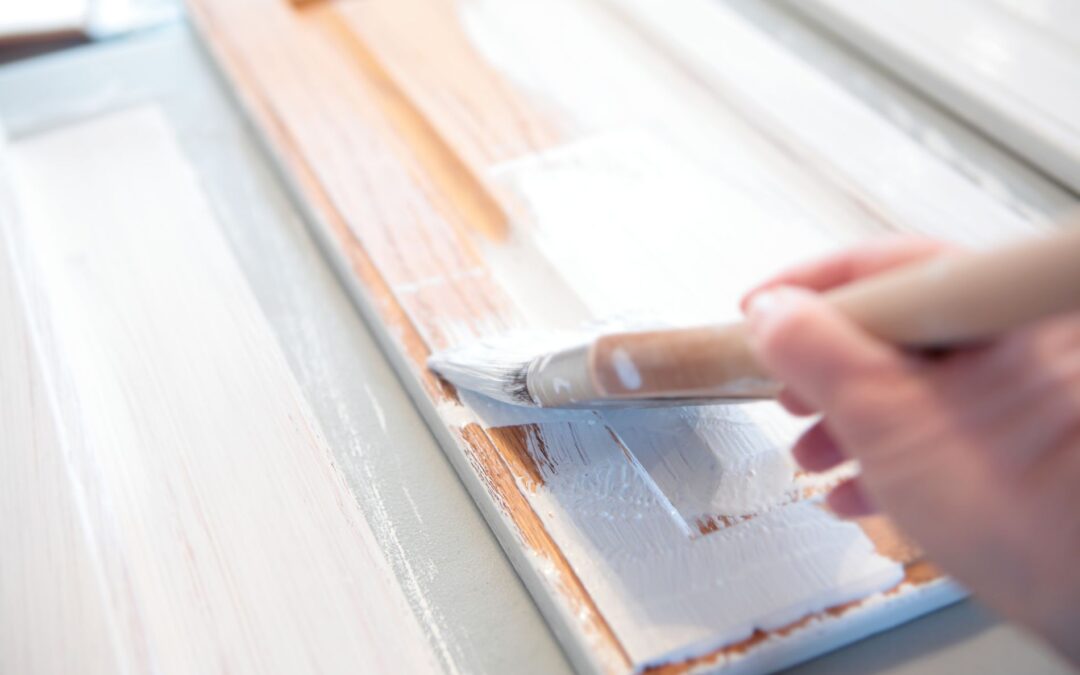
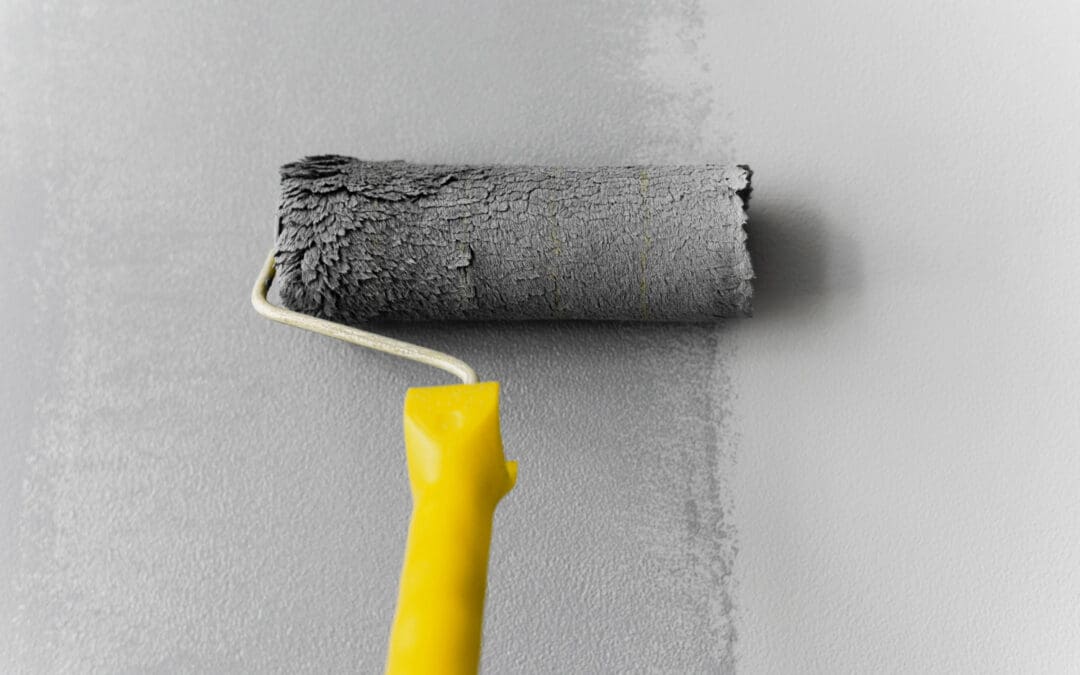

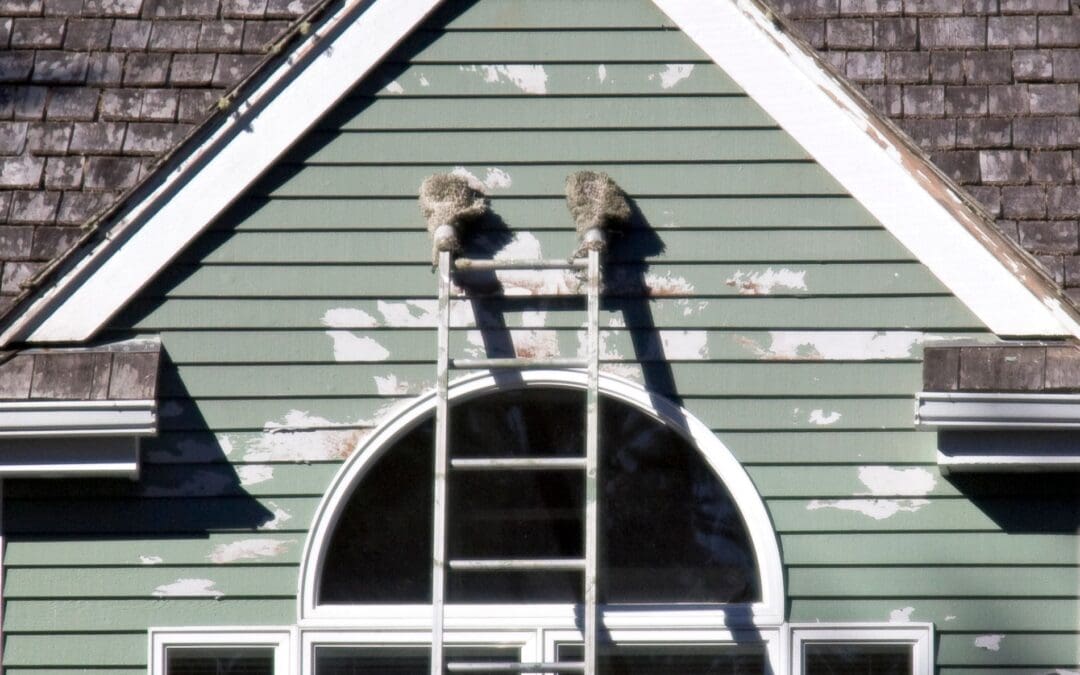
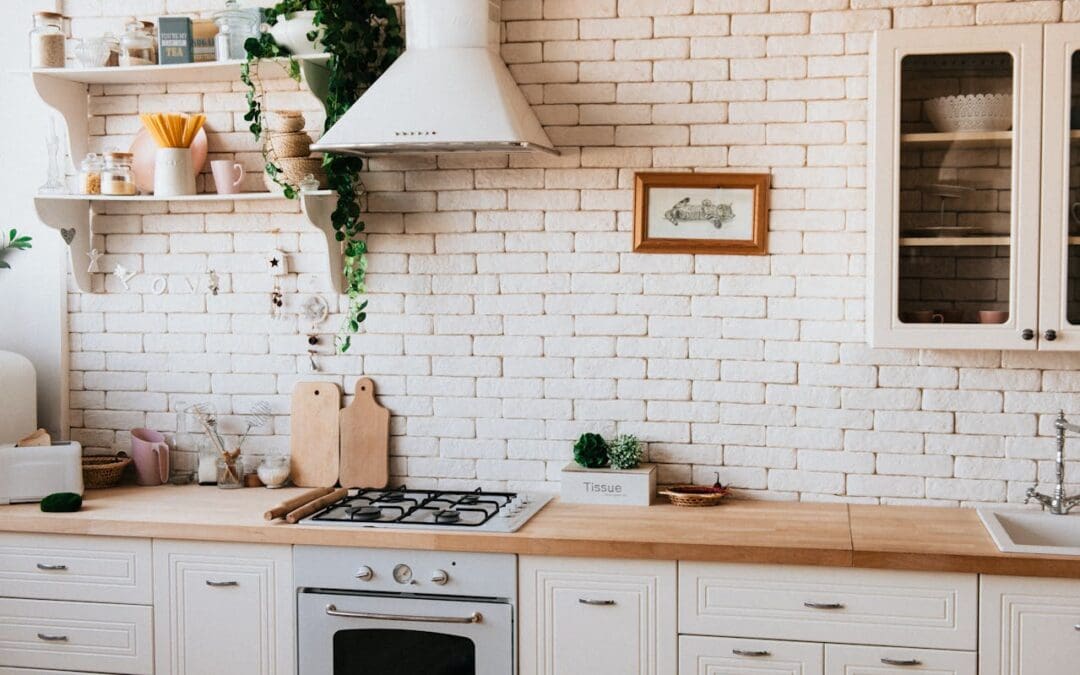
0 Comments